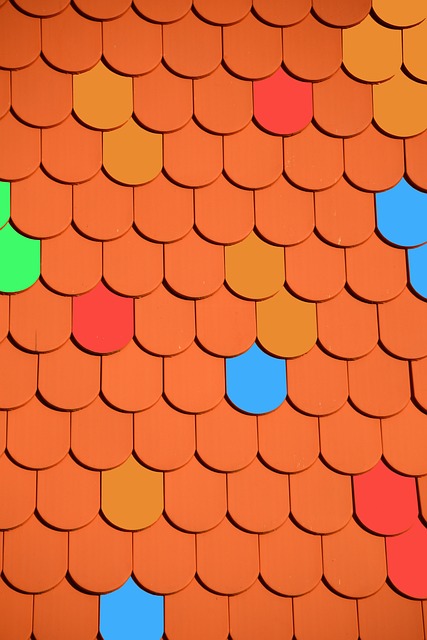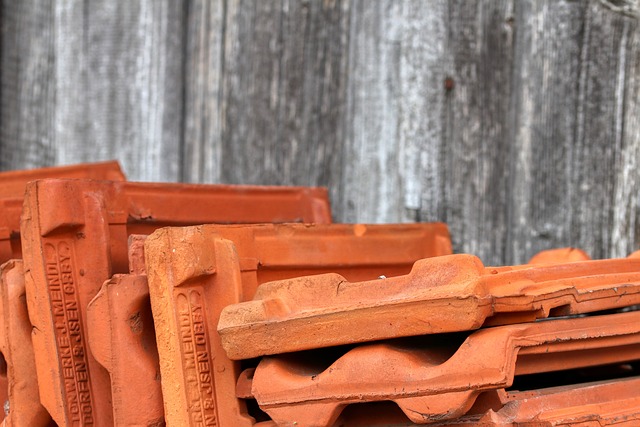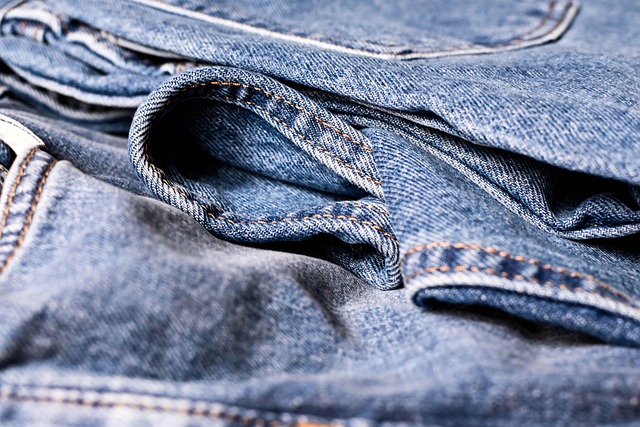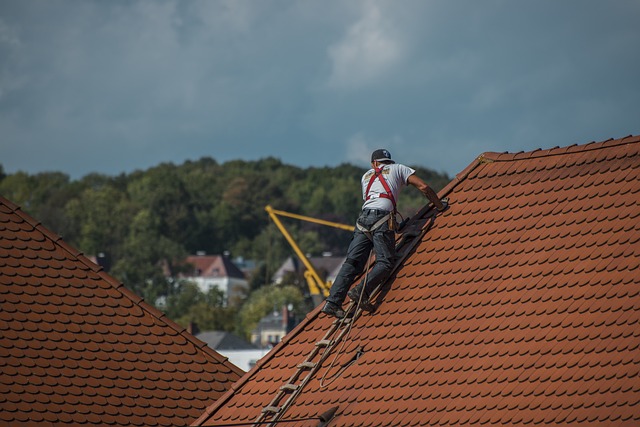Homeowners seek affordable yet long-lasting roofing solutions in today's economic climate, driven by the desire to protect their properties from elements, improve energy efficiency, and enhance home value. Traditional options often lack durability and cost-effectiveness, while modern, innovative solutions like metal and tile roofs offer superior weather resistance, reduced maintenance, and competitive pricing. Technological advancements in materials science have led to cost-effective, long-lasting roofing alternatives, such as reflective asphalt shingles and composite materials, that are accessible through digital design tools and precision manufacturing. Regular maintenance is crucial for extending the lifespan of these affordable yet durable roofing materials. The future trends focus on sustainability with recycled materials and innovative technologies like smart roofs, promising more accessible, cost-effective, and environmentally friendly solutions to meet the growing demand for durable roofing.
In today’s economic climate, finding affordable yet durable roofing solutions is a top priority for homeowners and builders alike. The need for long-lasting roofs is evident, offering not only cost savings but also peace of mind. This article delves into innovative approaches to achieve robust and economical roofing, examining traditional versus modern materials, the role of technology, successful case studies, and future trends in durable roofing materials. Discover practical tips and insights that empower you to make informed choices for your next roofing project.
Understanding the Need for Affordable and Durable Roof Solutions

In today’s economic climate, homeowners are increasingly on the lookout for affordable yet long-lasting solutions to enhance their properties. One of the most critical investments a homeowner can make is in their roof—a structural element that not only protects against the elements but also significantly impacts energy efficiency and overall home value. The need for durable roofing materials that offer both quality and affordability has never been more pronounced.
Traditional roofing options, while aesthetically pleasing, often fall short in terms of longevity and cost-effectiveness. This is where innovative, modern solutions step in, providing a much-needed alternative. By embracing advanced technologies and sustainable materials, the roofing industry now offers a diverse range of durable roofing materials that promise exceptional performance, reduced maintenance, and competitive pricing—all essential factors for homeowners seeking both style and substance.
Traditional vs Modern Roofing Materials: A Cost-Benefit Analysis

In the ever-evolving landscape of construction, the choice between traditional and modern roofing materials presents a compelling cost-benefit analysis for property owners. While timeless options like asphalt shingles offer affordability and accessibility, they may not measure up to the durability and longevity of their contemporary counterparts. Modern durable roofing materials such as metal, tile, or high-end asphalt shingles with enhanced warranties provide superior protection against the elements, reducing long-term repair costs.
Compared to traditional roofs that can require frequent replacements, these innovative materials offer a more sustainable investment. For instance, metal roofing is known for its exceptional resistance to rust and corrosion, ensuring it stands the test of time. Similarly, tile roofs, though potentially pricier upfront, boast an impressive lifespan, with some varieties lasting over 50 years. This longevity translates into cost savings and reduced environmental impact due to decreased waste from frequent replacements.
Exploring Economical Options for Long-Lasting Roofs

In today’s market, there’s a growing demand for affordable yet long-lasting roof solutions. Homeowners and property managers are increasingly seeking durable roofing materials that stand the test of time and harsh weather conditions, while also keeping costs down. Exploring economical options doesn’t mean compromising on quality; it involves making informed choices and leveraging innovative technologies.
One of the most effective strategies is to opt for high-quality, yet cost-effective materials like asphalt shingles or metal roofing. These options offer superior durability compared to traditional materials while remaining budget-friendly. Additionally, investing in energy-efficient roofing products can provide long-term savings on utility bills, making them a smart choice from both an economic and environmental perspective.
The Role of Technology in Enhancing Roof Durability and Affordability

In today’s digital era, technology plays a pivotal role in enhancing both the durability and affordability of roofing solutions. Innovations in materials science have led to the development of advanced durable roofing materials that are not only long-lasting but also cost-effective. For instance, modern asphalt shingles now incorporate reflective properties, reducing cooling costs, while new composite materials offer superior resistance to extreme weather conditions.
Additionally, digital design tools and precision manufacturing techniques enable more efficient production processes, minimizing waste and lowering overall expenses. These technological advancements not only contribute to the longevity of roofs but also make high-quality roofing options more accessible to a broader range of homeowners and businesses, promoting sustainable and affordable housing solutions.
Case Studies: Successful Implementaion of Affordable Durable Roofing

In recent years, many property owners and construction professionals have turned to affordable yet durable roofing solutions, leading to some remarkable case studies. These real-world implementations showcase how long-lasting, cost-effective options can enhance buildings’ structural integrity while also boosting energy efficiency. One such success story involves a residential community that opted for reflective metal roofing. This choice not only reduced cooling costs by reflecting sunlight but also withstood severe weather conditions, demonstrating superior durability.
Another notable case is a commercial building that adopted a green roof system. By incorporating vegetation and waterproof membranes, the building’s overall insulation improved, contributing to energy savings. Moreover, this eco-friendly approach added aesthetic value while providing a haven for local wildlife, proving that affordable durable roofing materials can merge seamlessly with environmental sustainability goals.
Maintenance Tips to Prolong the Lifespan of Your Budget-Friendly Roof

Regular maintenance is key to extending the life of any roof, especially when you’ve invested in affordable yet durable roofing materials. One of the simplest and most effective ways to care for your roof is by keeping it clean. Remove leaves, branches, and other debris that can clog gutters and cause water damage. A build-up of dirt or algae can also compromise the effectiveness of your shingles or tiles, so regular washing with a soft brush and mild detergent will keep them looking their best.
Additionally, inspect your roof for any signs of damage, such as missing or broken shingles, cracks in the flashing, or damaged vents. Repairs should be addressed promptly to prevent further issues. Using the right tools and techniques for repairs, especially when working with budget-friendly materials, can make all the difference in ensuring longevity.
Future Trends in Affordable, High-Durability Roofing Materials

As we move forward into a more sustainable future, the demand for affordable and high-durability roofing materials is on the rise. Eco-friendly alternatives to traditional roofs are becoming increasingly popular, with an emphasis on longevity and reduced environmental impact. One trend to watch is the increased use of recycled and renewable materials, such as reclaimed metal, bamboo, and asphalt with a higher content of recycled content. These materials not only offer excellent durability but also contribute to a more sustainable built environment.
Additionally, technological advancements are driving innovation in roofing technology. Smart roofs that incorporate solar panels, sensors for monitoring weather conditions, and energy-efficient insulation are gaining traction. These future-forward designs not only extend the lifespan of roofs but also provide homeowners with energy savings and enhanced property value. The integration of cutting-edge materials and technologies promises to make durable roofing more accessible and cost-effective while meeting the growing demand for environmentally friendly solutions.
